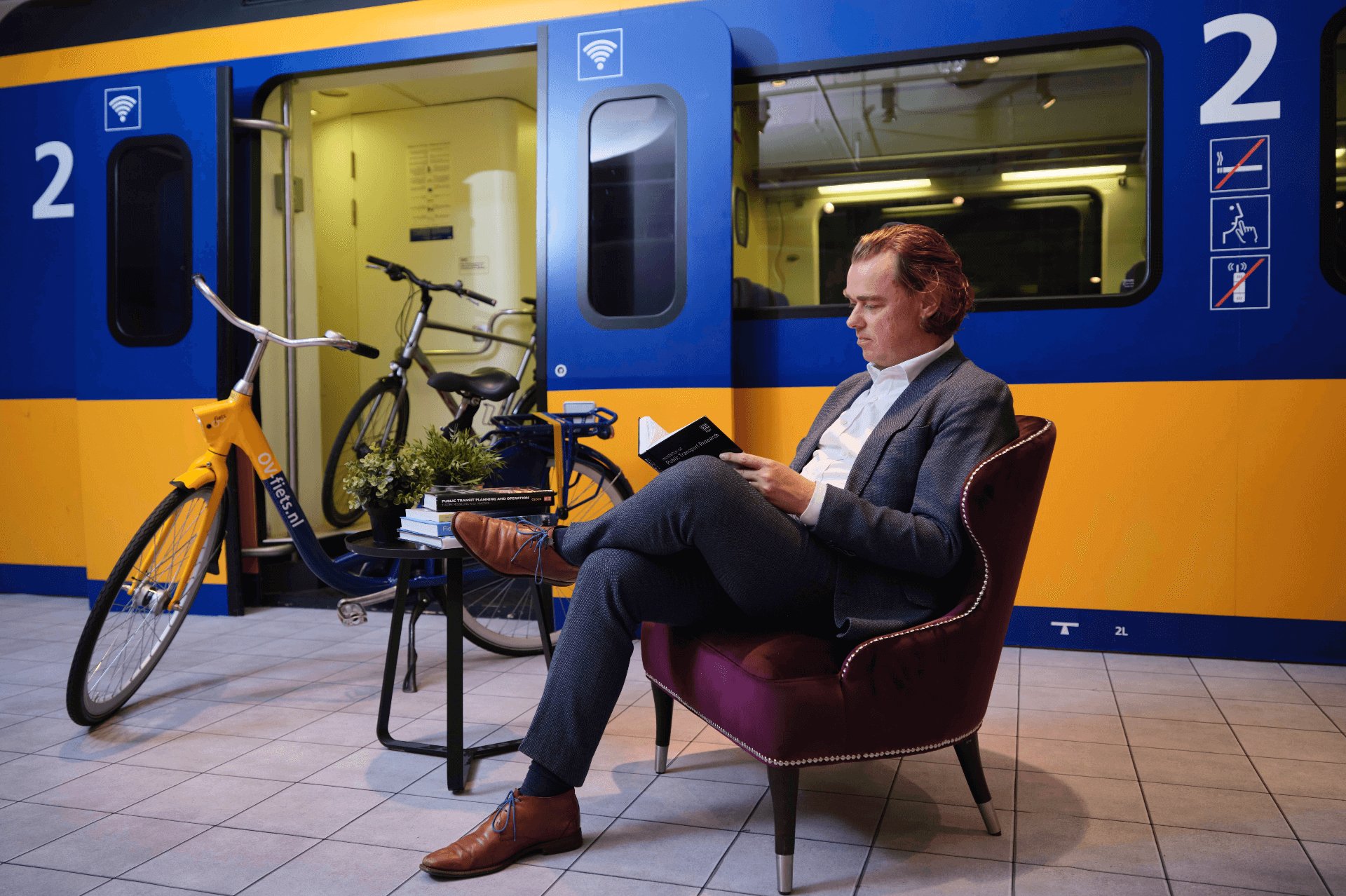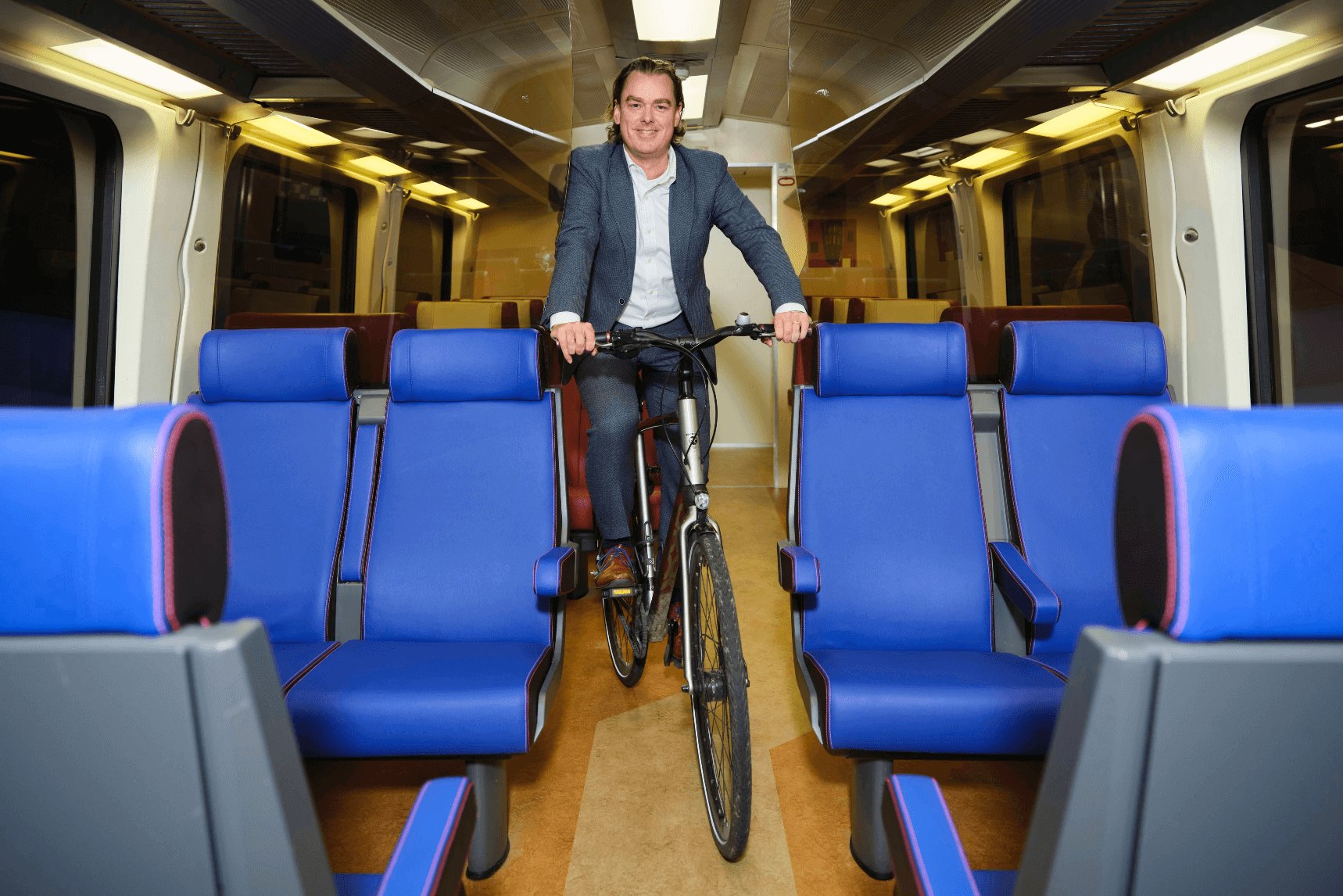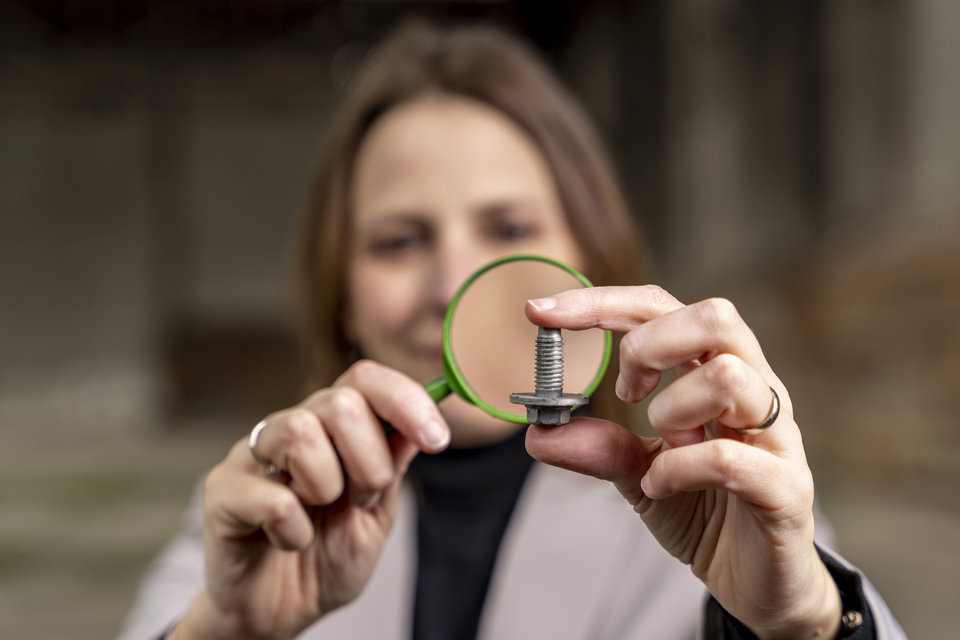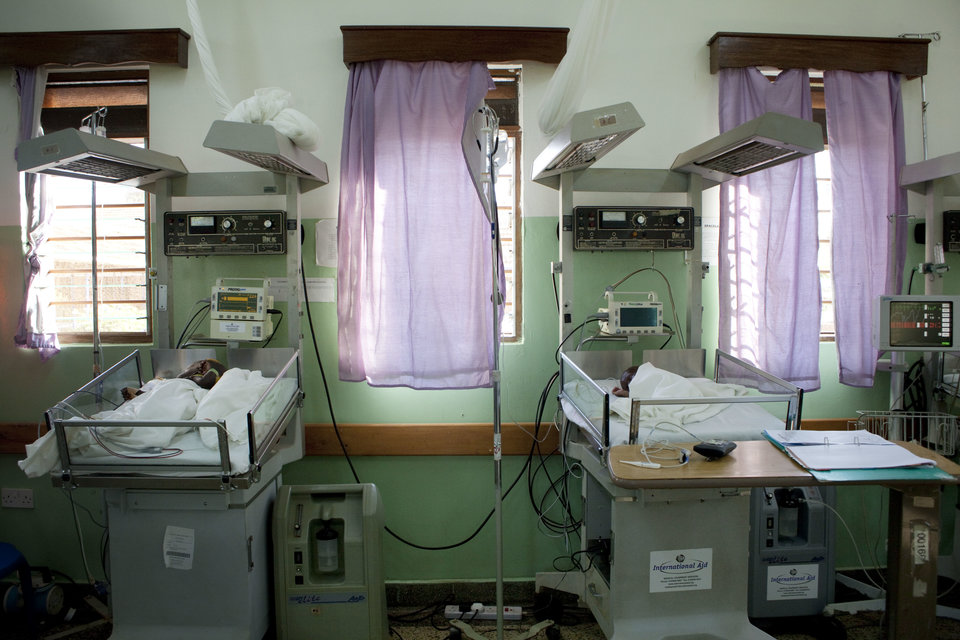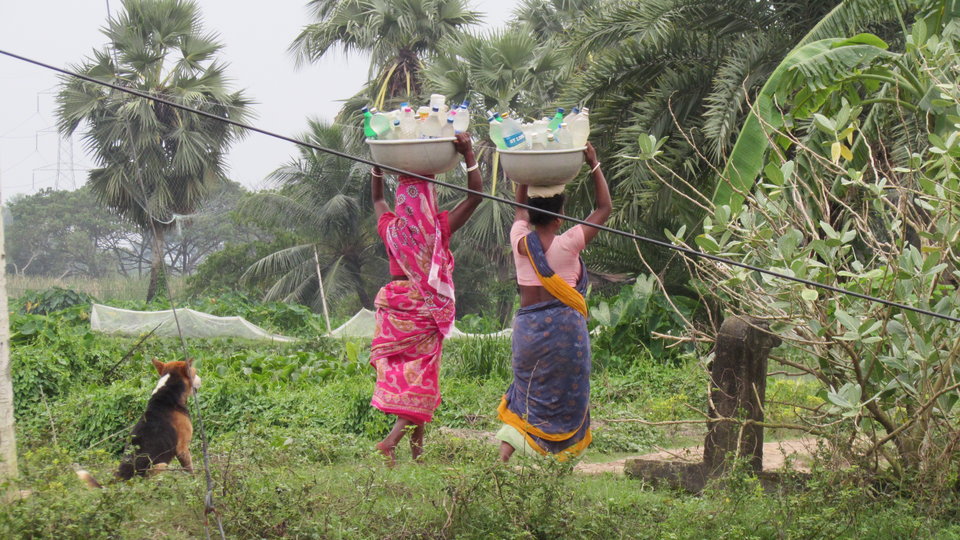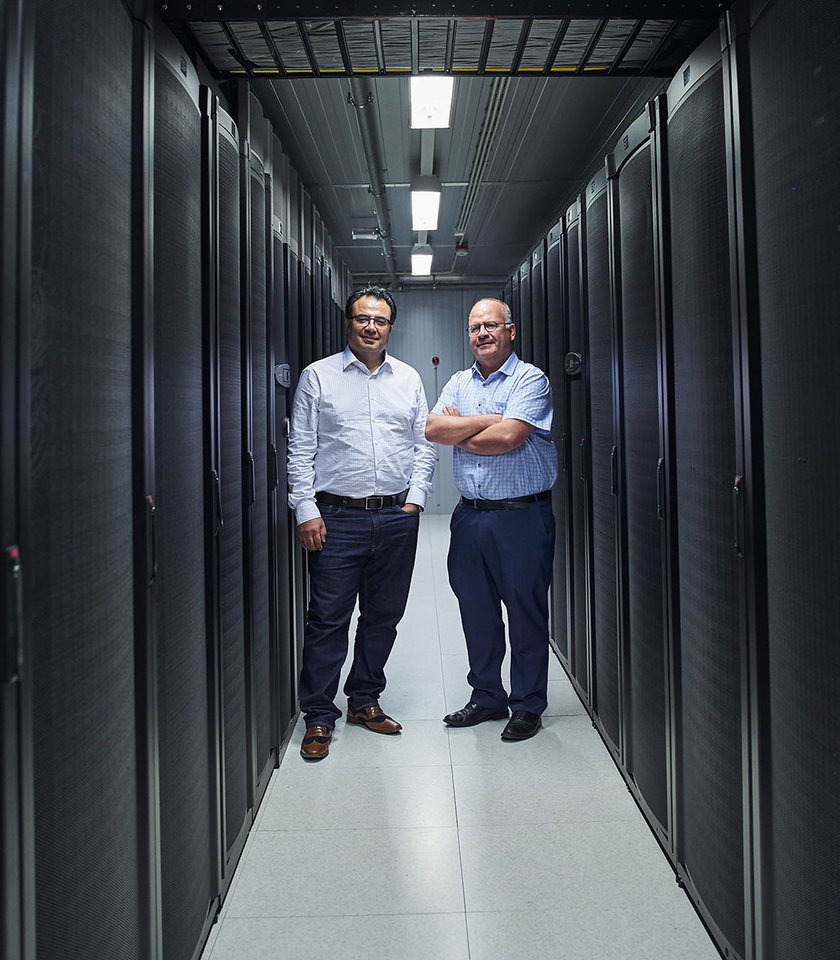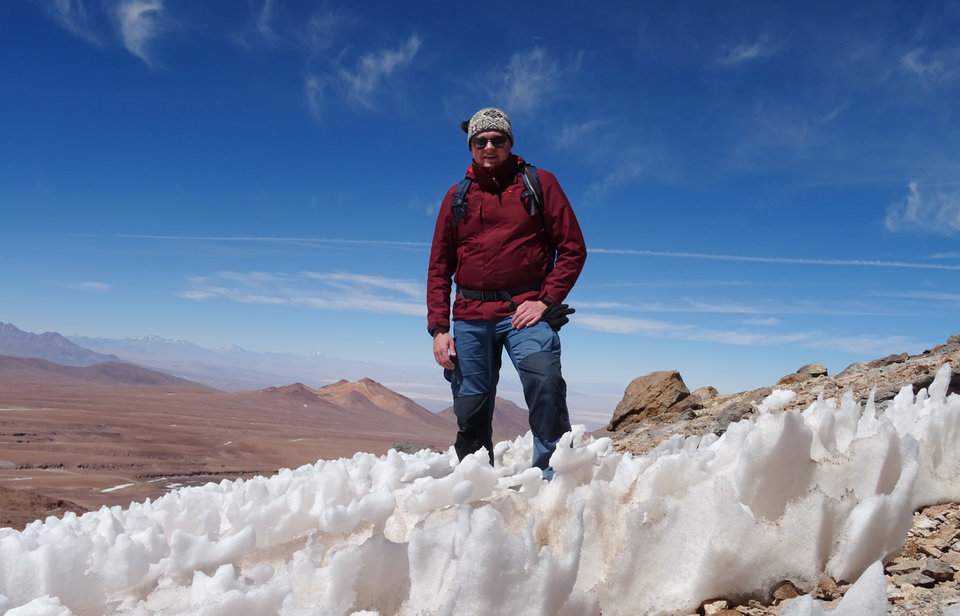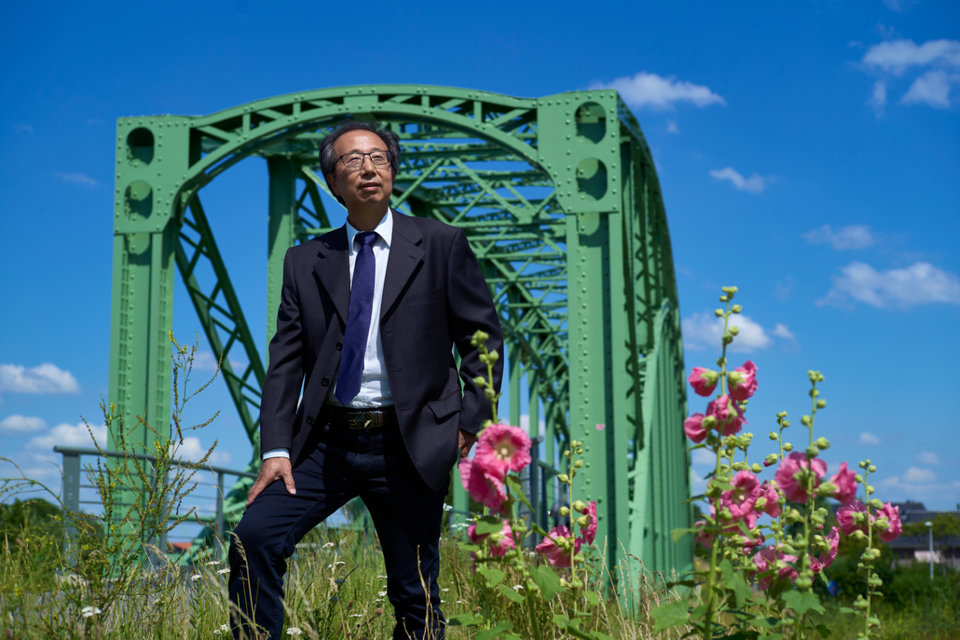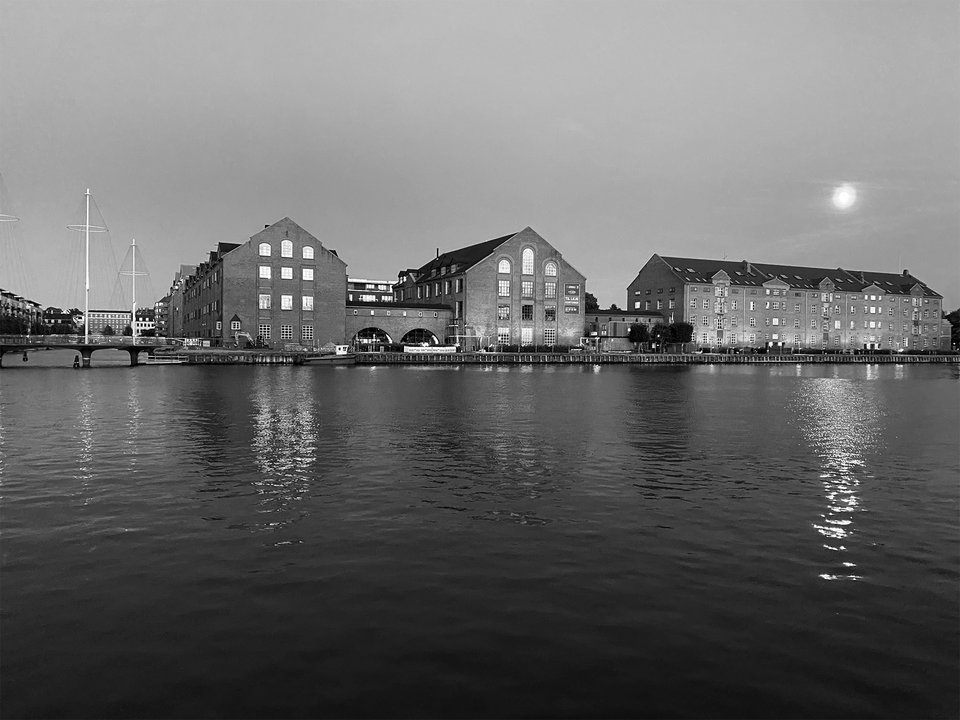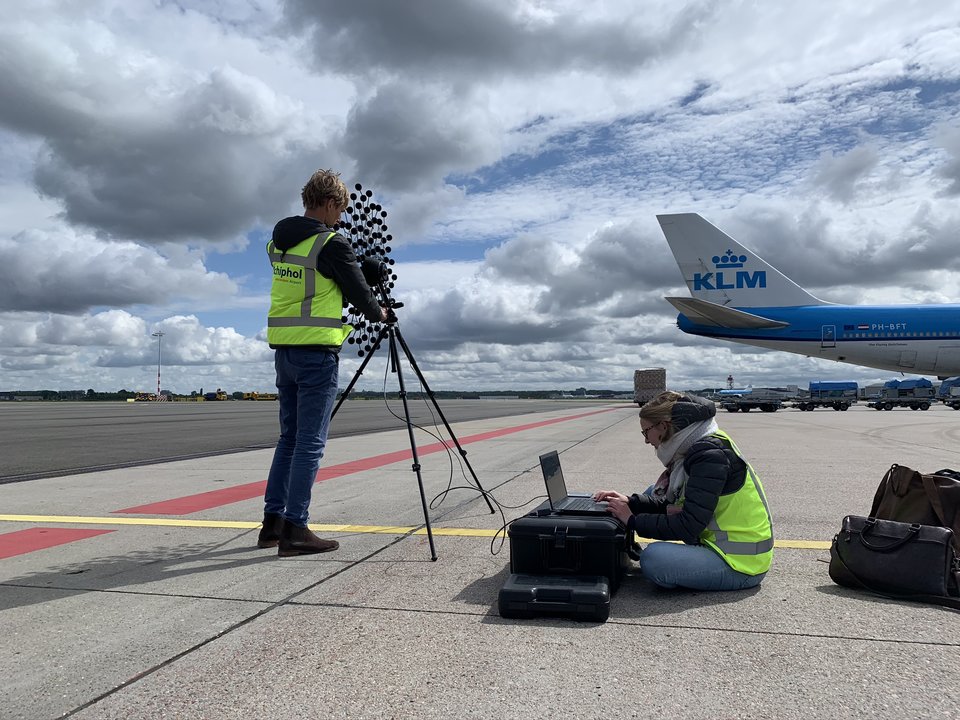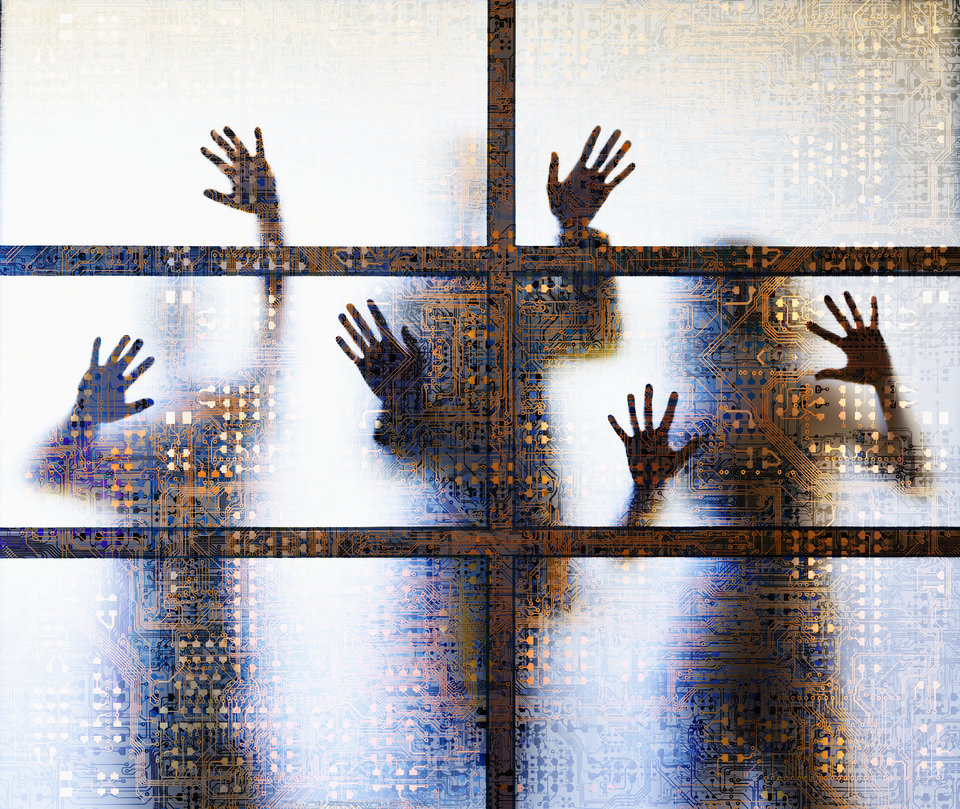For as long as public transport has existed, Dutch people have complained about it. There are leaves on the tracks, trains are overcrowded or buses show up late. Yet our public transport is well organised in many areas, according to researcher Niels van Oort. Especially when observed from an international perspective. But there is plenty of room for improvement. For example with regard to inclusiveness, communication, reliability, and the integration of public transport with bicycle use and shared mobility. In his Smart Public Transport Lab, Van Oort works with partners from the public transport sector on solutions for a public transport system that is optimised for travellers and society.
Whereas for most travellers a blocked or delayed train is simply a source of frustration, for Niels van Oort, it is primarily a source of questions. “Why do we have to give priority to another train? What are the consequences for the rest of the public transport network?” The way of communicating information is also something he finds very interesting. “This can definitely be improved in many cases. Sometimes, I feel an urge to give them advice on the spot. In such cases, I really think I know better, and it can be quite maddening. But I’ve always found public transport to be quite fascinating, even as a child. At first, it was about the vehicles themselves, but later I also became interested in how the entire network is connected.”
The puzzle of an optimum public transport system
As associate professor of public transport, Van Oort deals with issues that are important for the public transport sector. The focus of his research is on searching for an optimal design for the public transport system, including the modalities used to and from the public transport stop, which in the Netherlands is usually the bicycle. “In my research, I consider what we actually need public transport for. For example how we use it, and how the entire public transport system is interconnected. The trick is to design a collective, sustainable, inclusive, and efficient system that meets everyone’s individual needs. Each traveller has different wishes, ideas, and mobility patterns, and this plays out in a country where space is very limited and public transport operators also face staffing shortages. Organizing all of this efficiently and effectively is a huge jigsaw puzzle, but also one that I am very interested in solving.”
The real question is: how much do we value good public transport?
Niels van Oort
The value of good public transport
According to Van Oort, public transport aims to serve society in multiple ways. “It enables everyone to travel, regardless of whether you live in the city or in the country, whether you are young or old, poor or rich. In addition, public transport is a sustainable alternative for cars and aeroplanes.” But public transport is also subject to financial restraints. Van Oort: “In order to provide good service and keep travel affordable, public transport companies have to keep a sharp eye on their finances. They do that by motivating as many people as possible to make use of their services and also by limiting their costs. But that is also subject to limitations. If you make public transport too expensive or make fewer vehicles available, you reduce the availability and accessibility of the system and you end up motivating more people to use a car. The real question is: how much do we value good public transport?”
A system that excludes no one
Affordability, accessibility, and availability are three of the ten factors that play a role in the design of an inclusive public transport system. Van Oort: “Inclusive means that you exclude no one. Besides being affordable, accessible, and available, public transport must also be safe and easy to understand. This means that you have to provide adequate facilities for the disabled, clear use of language, taking into account the digital skills of the users, and well-lit and safe stations. Our research shows that 35 per cent of commuters are willing to cycle a bit further if the next station or stop has better lighting, even if it means a longer travel time.”
My biggest motivation is to have an impact on science as well as society.
Niels van Oort
Smart Public Transport Lab
In 2018, Van Oort founded the Smart Public Transport Lab to come up with solutions for public transport issues. At the Lab, researchers from TU Delft work closely together with government bodies, public transport companies, and consulting firms. According to Van Oort, it’s essential to connect the world of science with the public transport sector. “Previously, many of the parties involved operated separately from each other, whereas it’s much more effective to combine their knowledge and expertise. The sector itself is very much aware of the trends and challenges it faces, whereas we have the knowledge and resources for research, and the government bodies are the ones making the decisions. Working together, we have an impact on science as well as society, and that is my biggest motivation.”
Mix of various disciplines
One of the projects set up by the Lab is a project carried out in collaboration with the Province of Utrecht in the area of shared mobility. Van Oort: “We focused on the added value provided by shared mobility to public transport in the last mile of a trip, in other words the segment from the public transport station or stop to the final destination. Insight into human behaviour is an important piece of the puzzle here. You need to know who is actually using shared mobility and how it’s being done. It mostly involves “what-if” questions: for example, what would happen if we made shared bicycles available at this particular place? The insights that we acquire via pilots and trials are then integrated into tools and models that we use to make predictions. Policymakers can then base their decisions on the results. So the research is actually a mix of theory and practice as well as a mix of various disciplines, including mathematics, technology, urban planning, and sociology.”
Impact of corona on travel behaviour
The corona pandemic has made insights into human behaviour even more important, explains Van Oort. “Covid has radically changed our travel behaviour, for example when it comes to commuting from home to work. We now work more often at home, so that we use public transport less. Together with the NS (Dutch Railways), we carried out research into the impact of Covid on traveller preferences. One of the things that we see is that persons with jobs requiring higher education, in particular, use the train less often. Especially on Wednesdays and Fridays, the trains are less full, and we expect these effects to be permanent. As a public transport provider, you have to respond to such changes, for example by offering a train subscription for three days instead of five days in the week. That makes travel by train more affordable and therefore more attractive.”
Technology as facilitator
Besides providing improved insight into behaviour, technology also makes it possible to offer more customised solutions, says Van Oort. “One example is the introduction of driverless vehicles, such as shuttles from and to the public transport network. The absence of a driver makes such an option much more flexible. It also decreases costs so that you can make vehicles available more frequently. Another trend we are seeing is that regularly scheduled public transport services in places where there is little demand for such services are being replaced by transport available on call. In such cases, it is important that the service offered is sufficiently available and reliable, and that is not yet the case everywhere. Smart algorithms and apps can help to better coordinate supply and demand effectively and quickly. But at the same time, it’s not good to digitize everything, because you then end up excluding people. So we should not trust blindly in technology, although it is definitely an important facilitator of good public transport.”
The photos were made possible thanks to the NS Trefpunt. The photographed train is a mock up.
Published: November 2022


